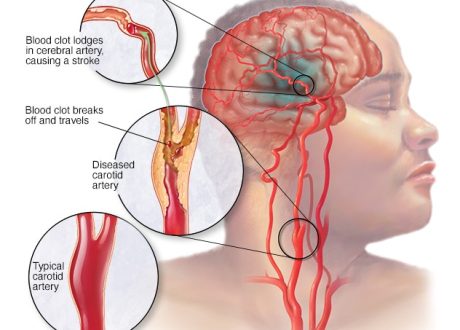Journal of the American College of Cardiology
TAKE-HOME MESSAGE 
- This registry-based study analyzed 19,613 patients undergoing primary PCI for ST-segment elevation myocardial infarction (STEMI) in Western Denmark from 2003 to 2018, categorizing them into four time-interval groups (2003–2006, 2007–2010, 2011–2014, 2015–2018). The authors found a significant decrease in the rates of 1-year mortality from 10.8% in 2003 to 2006 to 7.7% in 2015 to 2018, with the most substantial drop (2.3%) observed in the first 30 days after primary PCI.
- These findings highlight the decline in 1-year mortality rates among patients receiving primary PCI for STEMI, especially within the initial 30 days after the procedure, emphasizing the impact of improved early management. Clinicians and healthcare systems should continue to focus on immediate primary PCI protocols for STEMI and on tailored treatment strategies following primary PCI to maximize survival benefits.









Extensive improvements in the management of ST-segment elevation myocardial infarction (STEMI) has been implemented during the last 20 years with the introduction of primary PCI (pPCI), reperfusion networks, and improvements in medical and interventional treatments. These changes coincided with decreasing mortality trends in the early 2000s.1 However, several observational studies have reported that STEMI-related mortality has reached a plateau from around 2006 to 2010.1-8
The present study described the temporal changes in 1-year mortality among 19,613 patients with STEMI undergoing first-time pPCI in Western Denmark during a 15-year time span. The cohort included patients from 2003 to 2018 using the Western Denmark Heart Registry and were divided into four time periods. Notably, pPCI has been used as the default strategy for STEMI since 2003 in Denmark, and in the period from 2003 to 2018, prehospital management changed so that patients were directly transported to the catheterization laboratory (ie, bypassing local hospitals and emergency departments).
The study showed that the rates of 1-year mortality following STEMI gradually declined from 2003 to 2006 and from 2015 to 2018, without signs of a plateau phase. Mortality rates were reduced by an absolute of 3.1% from 2003 to 2006 and from 2015 to 2018 (aHR, 0.71; 95% CI, 0.625–0.82). This reduction in mortality rate coincided with an increased use of prehospital diagnosis, field triage with transport to a PCI center, and advances in interventional techniques and secondary prophylactic treatment. Interestingly, approximately three-quarters of the absolute mortality rate decline occurred in the first 30 days, with a smaller reduction observed in the remainder of the year. This indicates that a large benefit is derived from changes in pre- and in-hospital management. Although other factors might have influenced the observed reduction in mortality rate after STEMI, the study showed that the reduction in 1-year mortality rate was 4.5-fold as large as that observed in an age- and sex-matched general population and, thus, should be explained by more than societal improvements in public health.
These results are encouraging for STEMI management. Although the findings from Western Denmark may not be generalizable to countries where geography and infrastructure preclude the direct transport to pPCI, the findings suggest that optimizations in early management may offer great opportunities for improving survival in countries and regions where a similar strategy is possible.
References